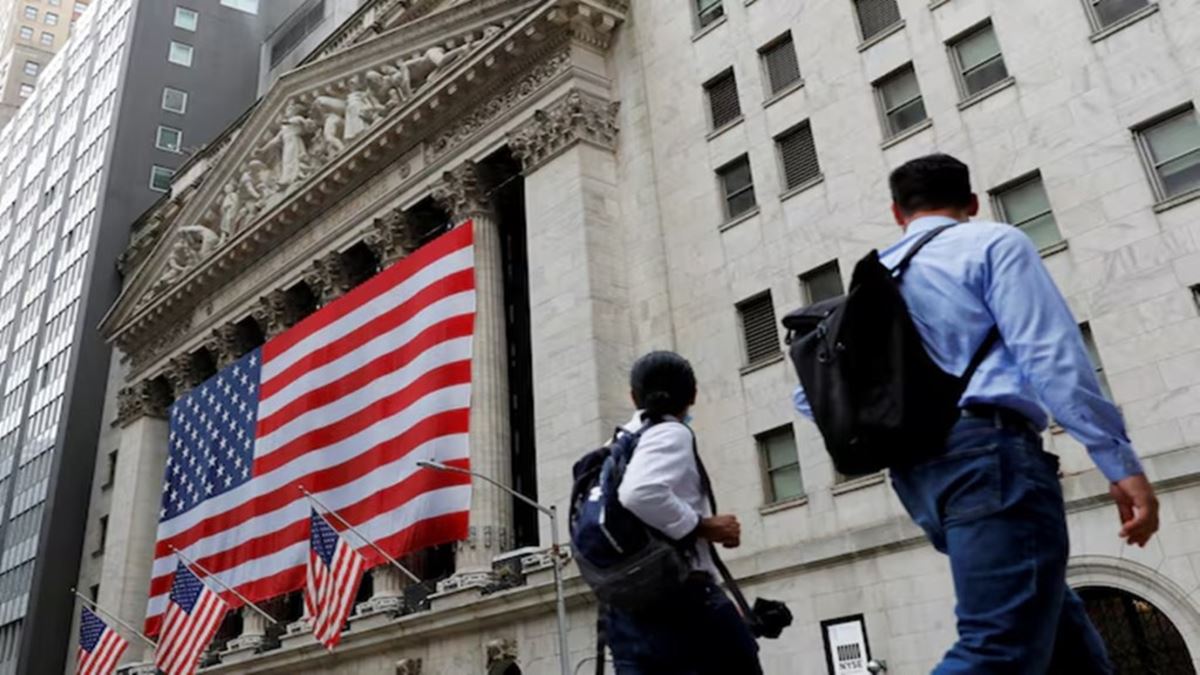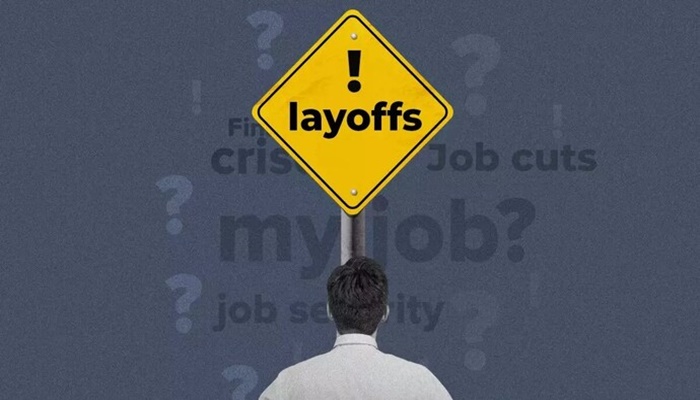Fear of possible lay offs is back as experts have cautioned that American companies could take drastic decision of downsizing the staff if they find President Donald Trump’s global tariffs are not fruitful enough. Apprehensions have been raised after US private sector hiring hit its slowest pace since 2023 in May, according to data released by payroll firm ADP on Wednesday, as per a report.
Analysts are keeping a close eye on US economic data this week, with official employment figures due Friday. While ADP figures may diverge from the government numbers, experts are monitoring the effects of Trump’s global tariffs as they sweep through the world’s biggest economy, AFP reported.
“This may be the tip of an iceberg, but it also could be a false start,” said Carl Weinberg, chief economist at High Frequency Economics. “Whether this report is accurate or not, traders and investors will read today’s number as a dark result for trading,” he added.
Weinberg also cautioned that as companies get more clarity about tariffs, they could respond to the increased chance of tariff-induced cost hikes by becoming more aggressive about trimming their workforces.
“Manufacturing employment is suffering from higher input costs and disruptions to supply chains. At least one vehicle producer was forced to idle production during the first half of May; that is reminiscent of the pandemic,” warned KPMG chief economist Diane Swonk in a recent note.
For now, US services sector activity shrank in May for the first time since mid-2024 too, according to the Institute for Supply Management, as Trump’s tariffs fueled prices and uncertainty.
Service-providing sectors like leisure and hospitality, as well as financial activities, still logged gains, according to the ADP report.
Goods-producing industries saw a net loss in jobs last month, with employment declining in mining and manufacturing. Some service sectors also saw job losses, including trade and transportation, as well as business services and education or health services.
Pay growth for those who remained in their jobs was little changed at 4.5 per cent. For those who switched jobs, pay growth was 7.0 per cent.




















